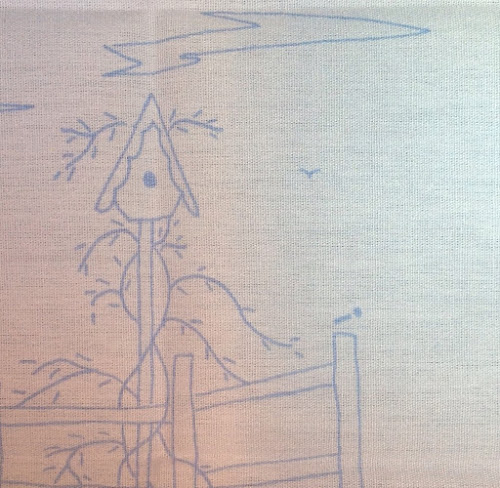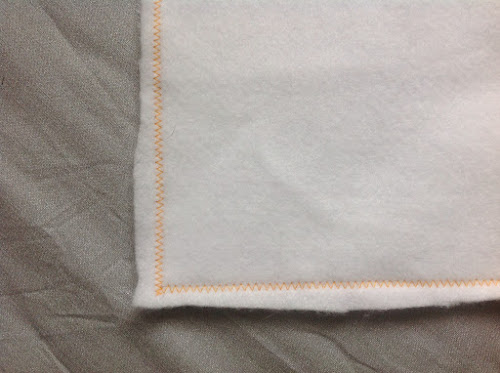On Saturday I showed you how I set this project up and promised to update you on how far I've gotten since the beginning of the month. I decided to start working this piece when my April trip home to Boston was cancelled. Since I couldn't work on my WELCOME, I wanted to do a small Brazilian project, and I had had this one in my embroidery basket for several months.
It is a fantastic pattern by an independent designer. The directions are easy to follow, but if you decide to tackle it, be sure to have a Brazilian embroidery stitch reference with you. The stitches aren't hard, but there is no stitch instruction.
I didn't know when I started, but this lovely project is a study in cast ons and drizzles. The designer is very clever in using these stitches in unexpected ways and with unexpected effect. She makes it possible, for example, for vines to snake in, out and through fence posts. It is a 3-D effect that is wonderfully realistic.
The design utilizes cast ons, double cast ons, and several types of drizzles. It is eye opening how tiny variations change how these stitches work up. For example, just one little change makes the drizzle vines round in cross section rather than ribbon like. It is a lovely effect. Even the little roses are a cast on variation--something that really surprised me. And isn't the Victorian gingerbread on the birdhouse a cute way to use regular cast ons?
I'm really enjoying this project and have been learning a lot. But at long last, I'm back in Boston and taking up my WELCOME again. So this project gets set aside for now, and I'll update you on the WELCOME in a couple of weeks.






















